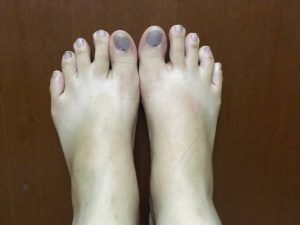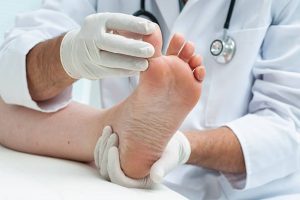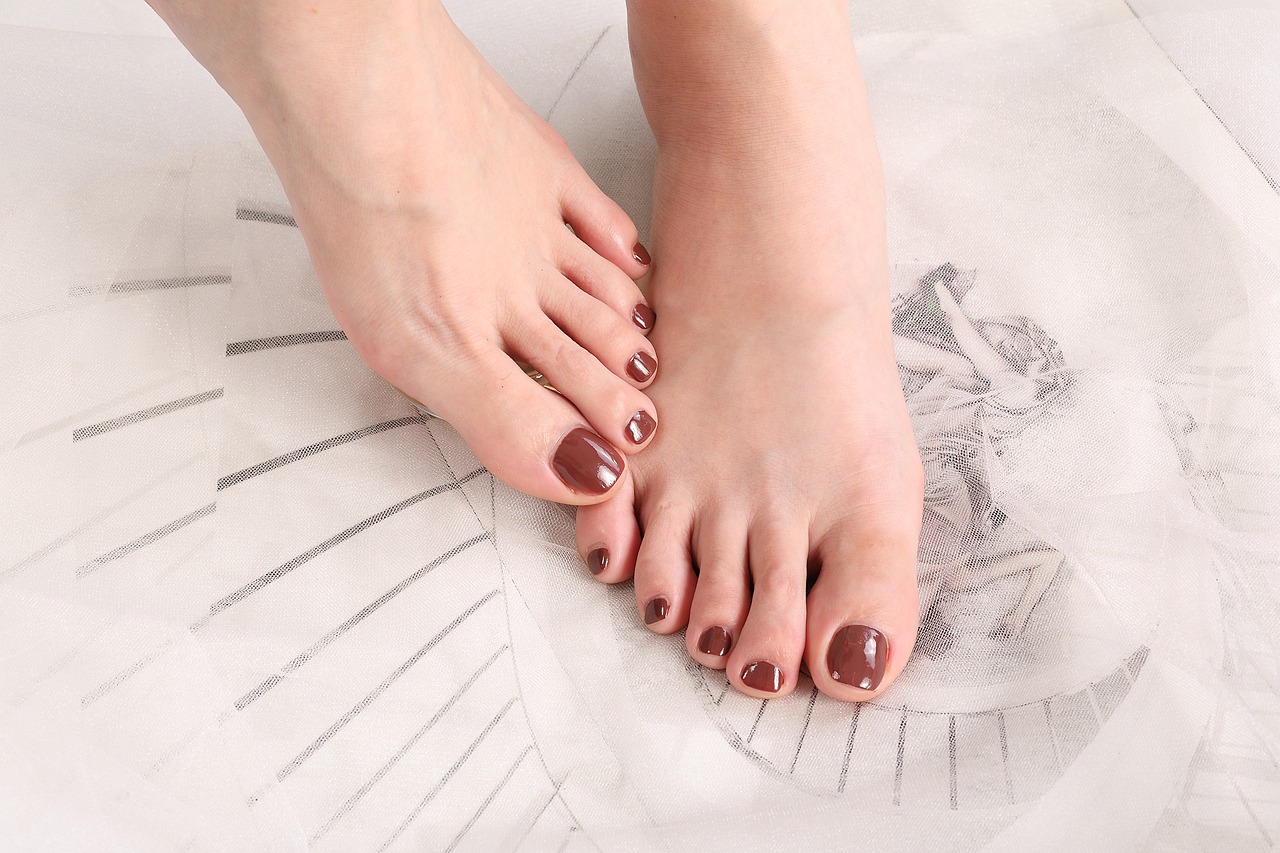Claw toe causes, treatment and prevention
Claw toe is a condition where the toes become deformed. This can be due to various reasons, such as when there is an injury or when there are diseases that affect the muscles and bones of the foot. Claw toe causes difficulty and pain for those who suffer, especially when wearing shoes.
Some of the most common diseases or injuries that cause claw toe in Singapore are bunion deformities, rheumatoid arthritis, Charcot foot, and nerve damage from diabetes. While it is true that there is no cure for the condition, those who have it have a variety of treatment options to help them.

One of these treatments is wearing shoes that have padding around the toe area. Putting padding on the toes, especially when they are curled upwards, can help to keep them in a more natural position.
Another treatment is through a surgery known as an osteotomy. The procedure involves realigning part of the bone forced into an awkward position caused by a claw toe in Singapore. Diseases such as arthritis also require specific medications that can reduce inflammation and pain.
Another option is wearing a night splint. The splints hold the toes in a stretched position so that they can straighten out during sleep. This way, when the person wakes up, their toes are not as deformed as before.
Proper footwear and taking care of the feet can help to prevent claw toe in Singapore from occurring. Those who have the condition should avoid wearing shoes that are too tight. This includes sandals because they can cut blood circulation to the toes, potentially causing damage over time. Wearing protective shoes or boots is generally more comfortable than sandals for most people diagnosed with claw toes in Singapore. If the feet are already damaged, however, even fitting footwear may not be comfortable for them.
Diabetics should avoid wearing shoes that are too tight because it can make their condition worse or cause skin conditions to form on foot. The National Institute of Health warns diabetics against getting their feet wet while wearing open-toed shoes, leading to foot infections.

A person diagnosed with claw toes in Singapore should wear shoes that are loose enough so that they can move their toes. People who have this condition tend to experience less pain if they can move their toes without being too tight inside the shoe.
Claw toe in Singapore most often affects people over age 60 and those who have diabetes. However, it can happen to people who are younger, and in most cases, it simply happens without notice.
The best treatment for claw toe in Singapore is to prevent the condition from occurring in the first place. This can be done by wearing shoes that fit properly and with proper padding around the toes. If this does not work, surgical procedures such as osteotomy may be used to correct the deformities. Some people can reverse claw toe in Singapore through stretching exercises done at home. However, this is typically only possible for mild cases of claw toe in Singapore.
Final thoughts
Claw toe in Singapore is a condition that affects the toes. It can be caused by various reasons, such as when diseases or infections affect the foot’s muscles and bones. Some treatments include wearing shoes with padding around the toe area, surgical procedures like osteotomy, splints to keep stretched during sleep, and medication for inflammation and pain.

